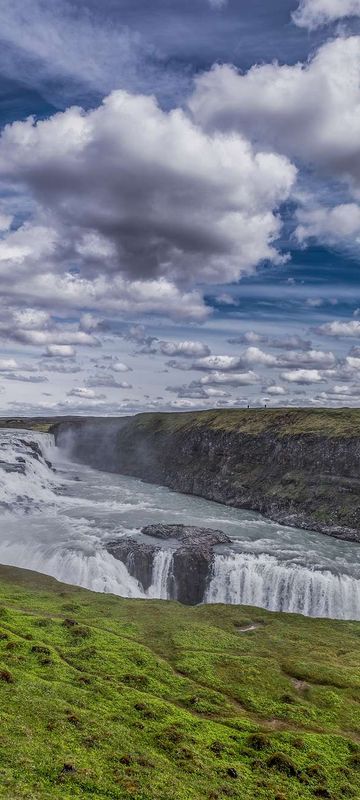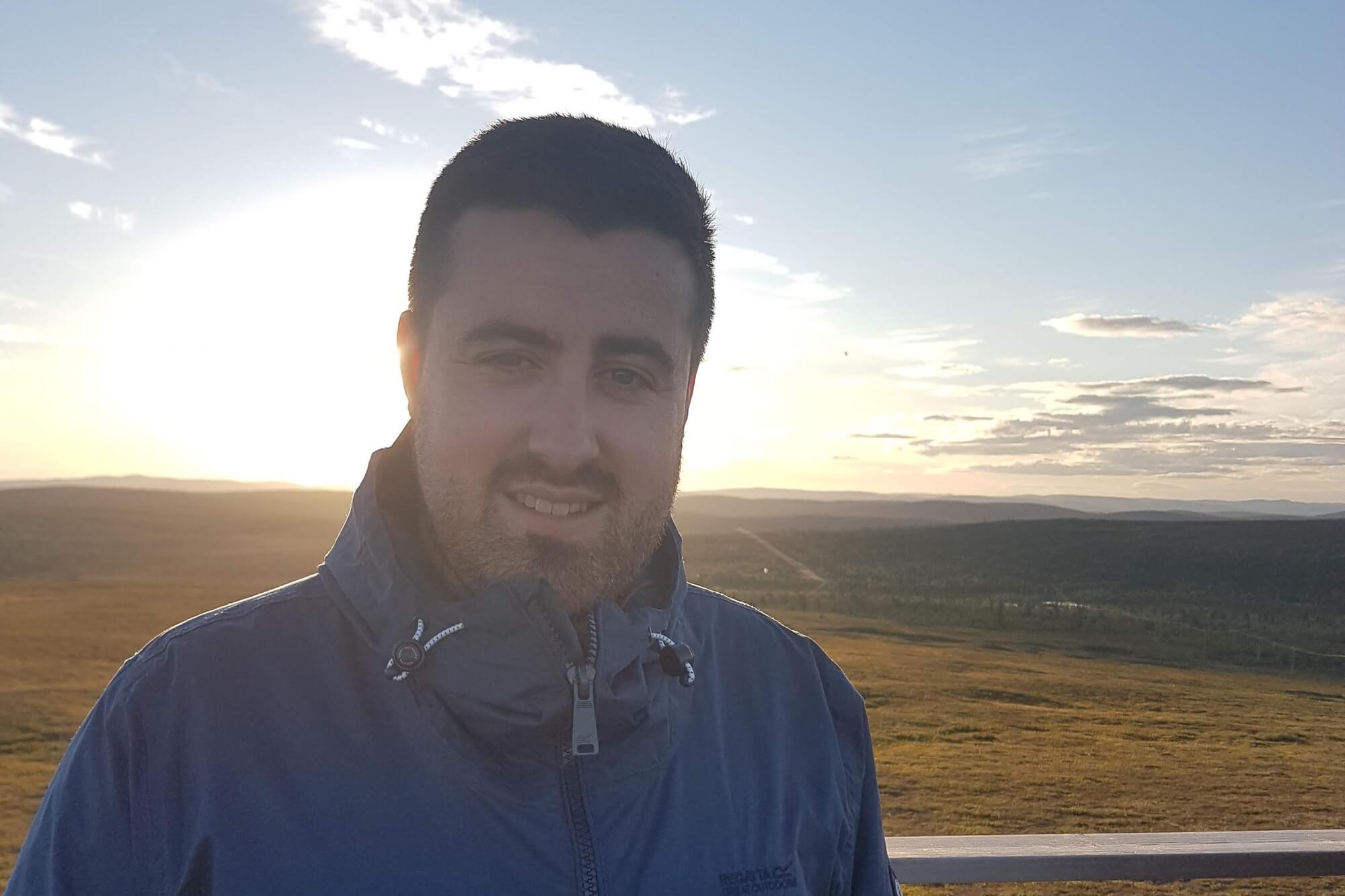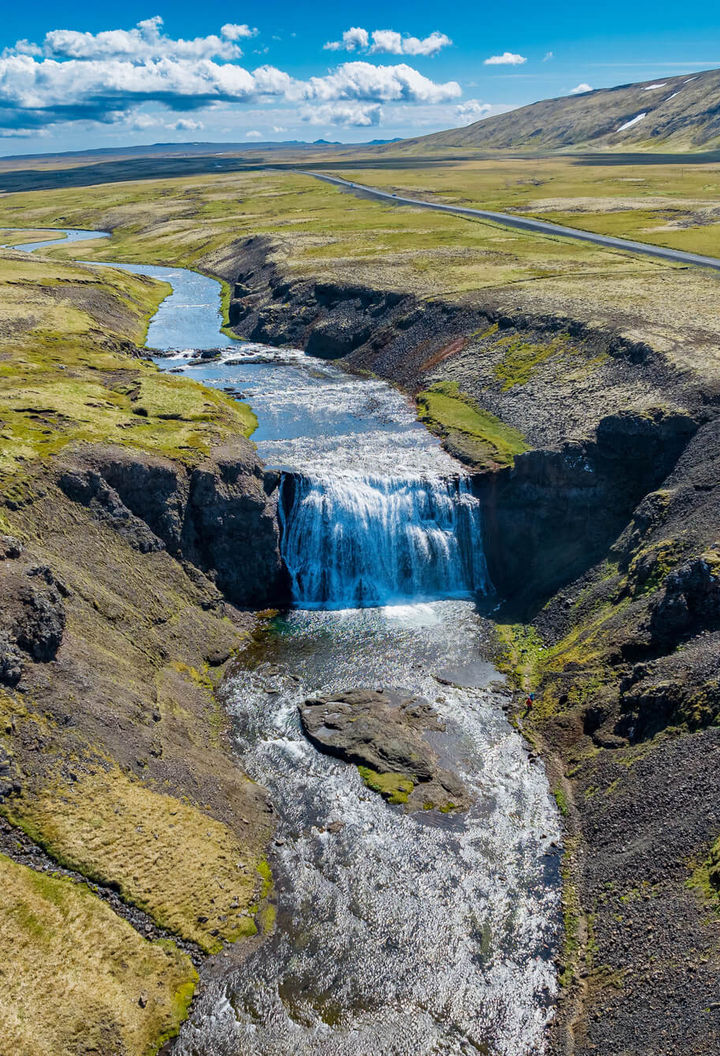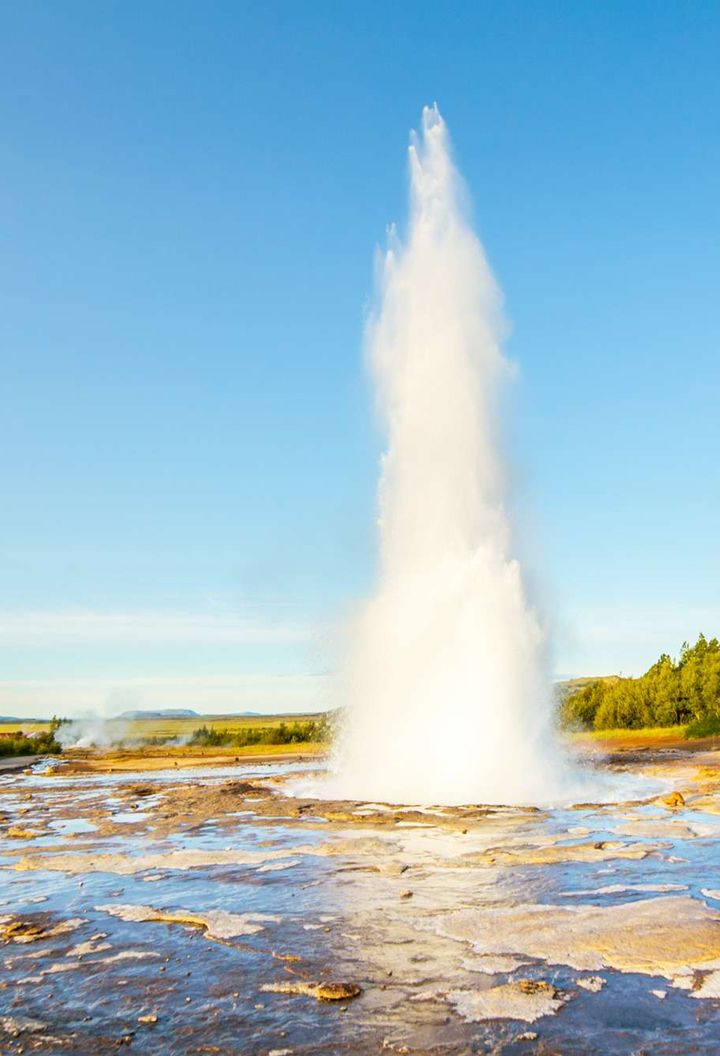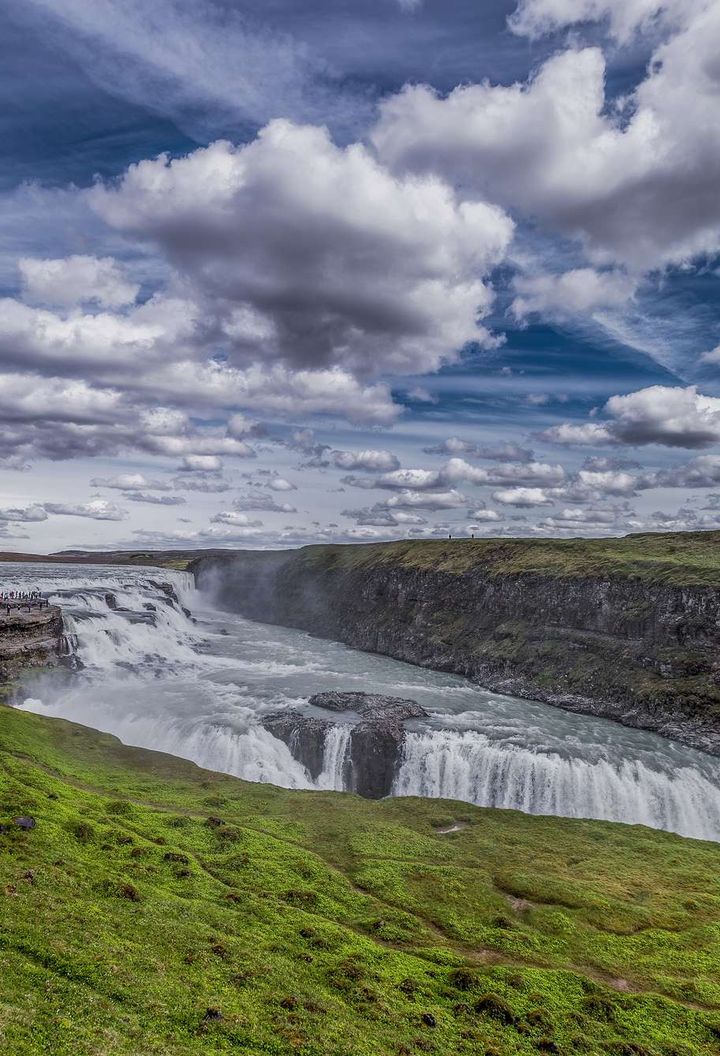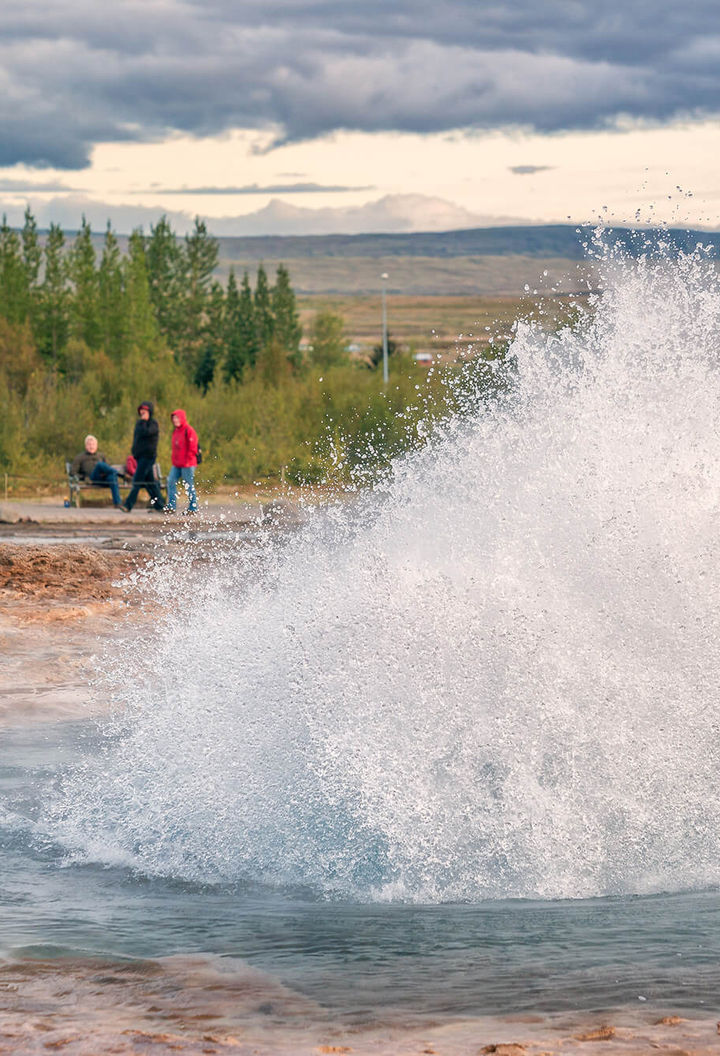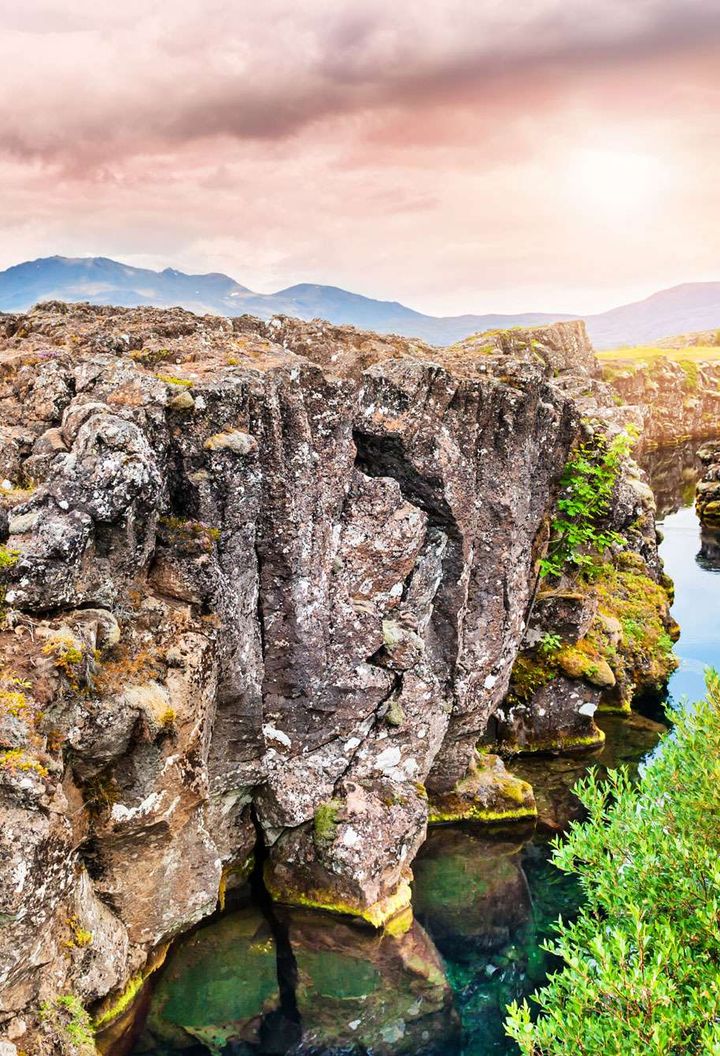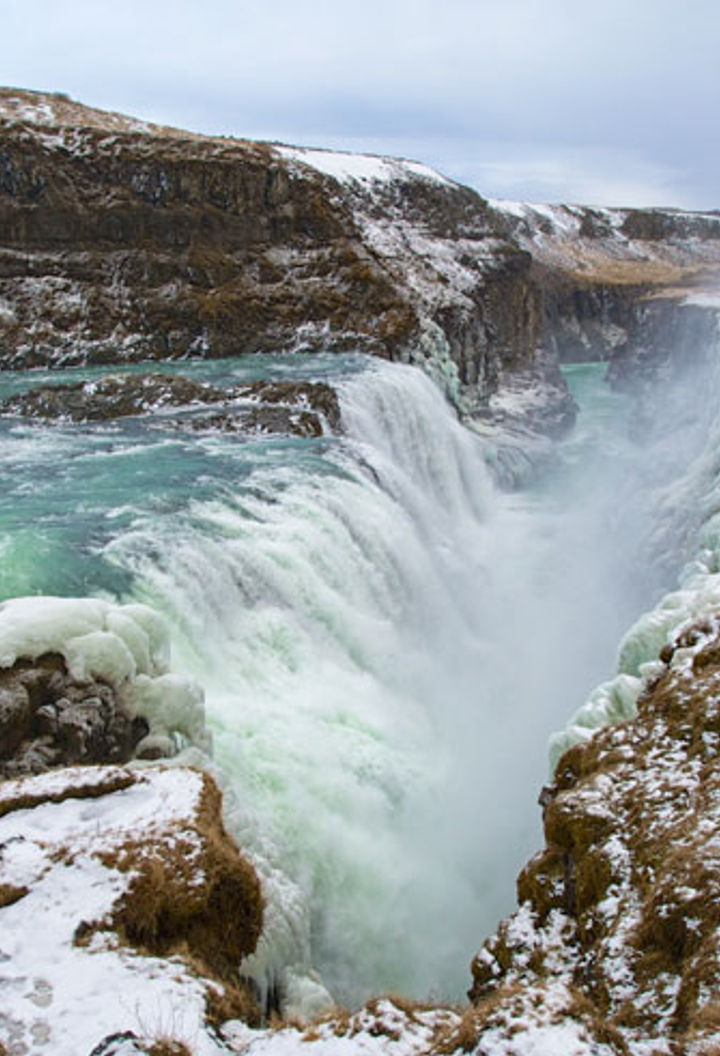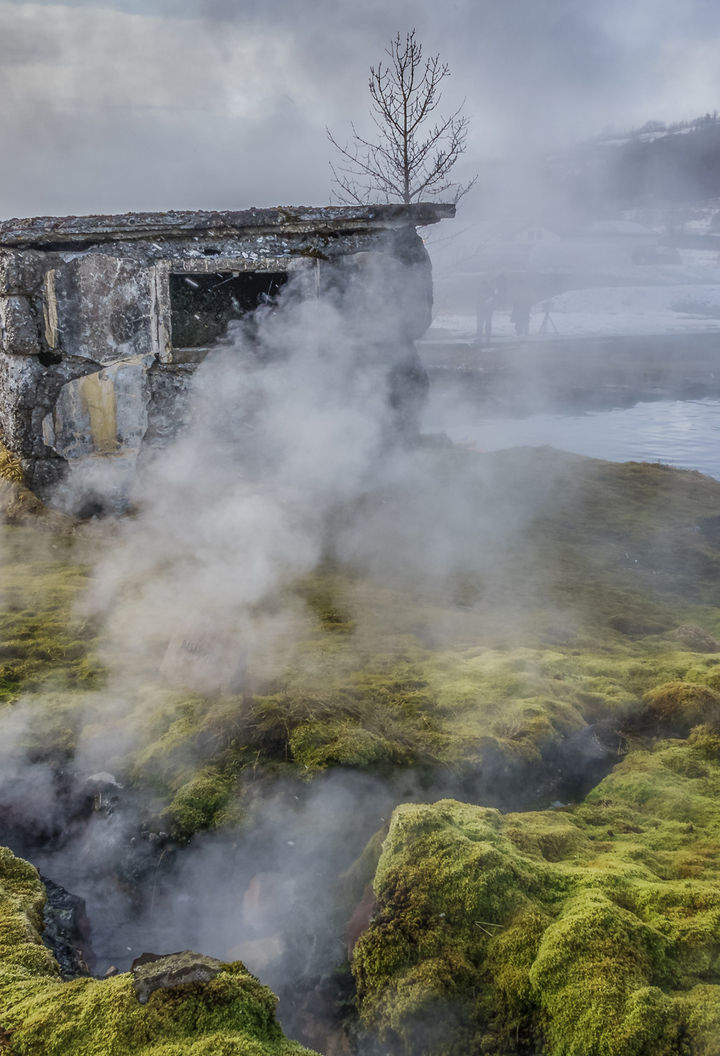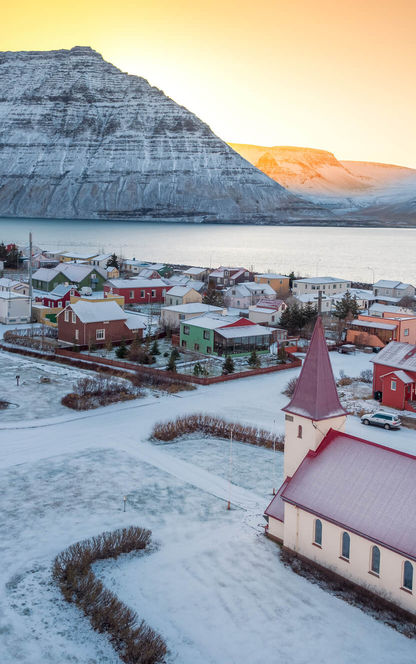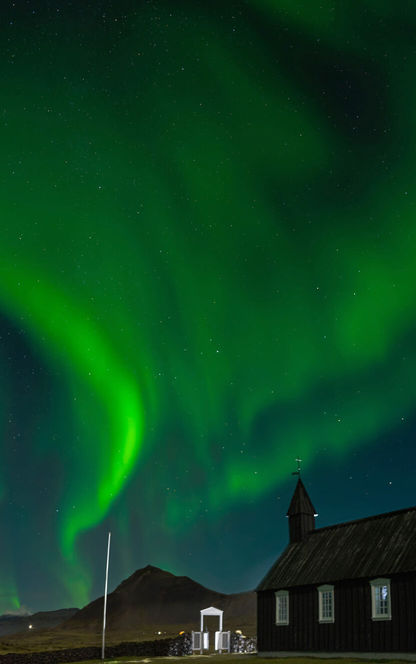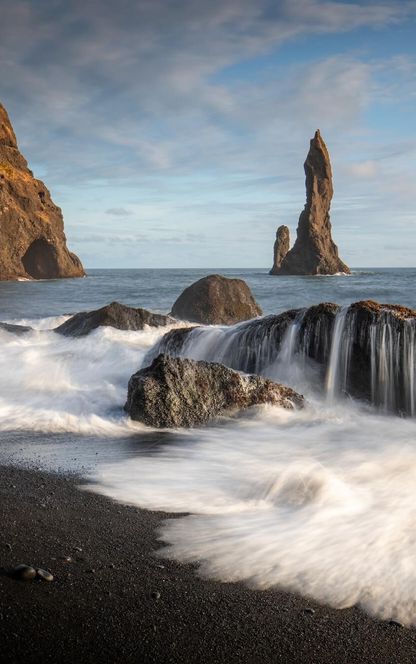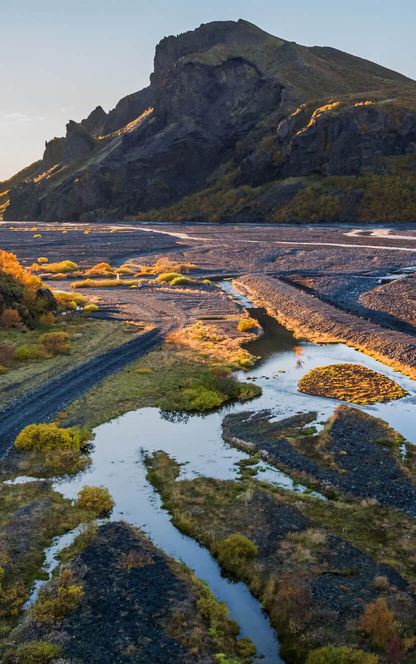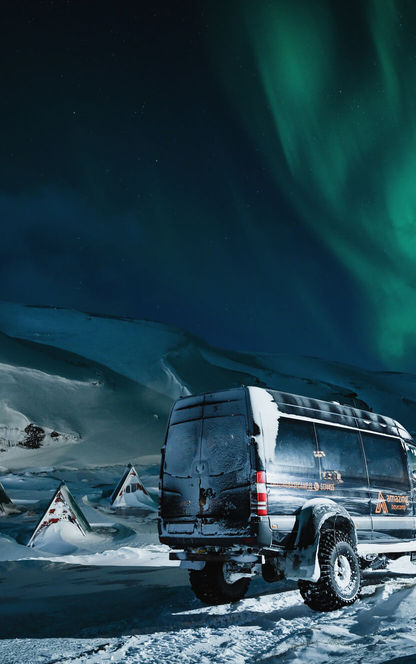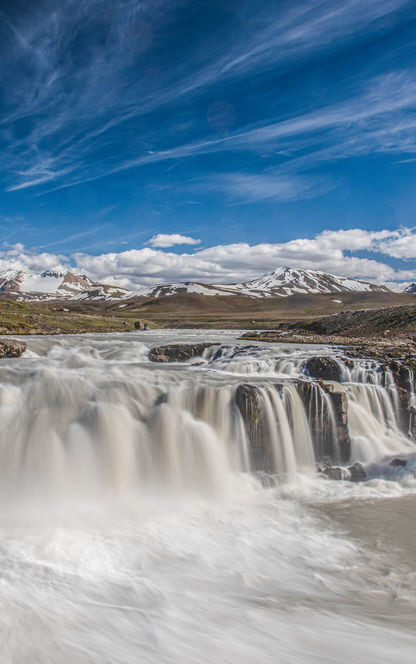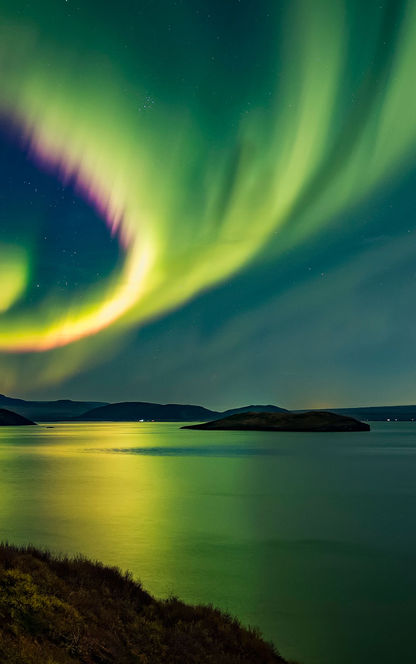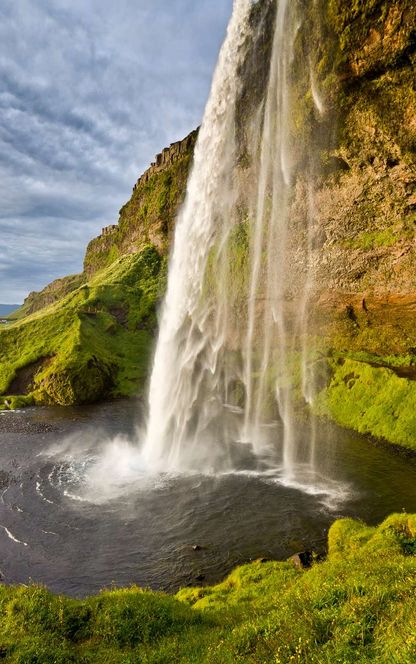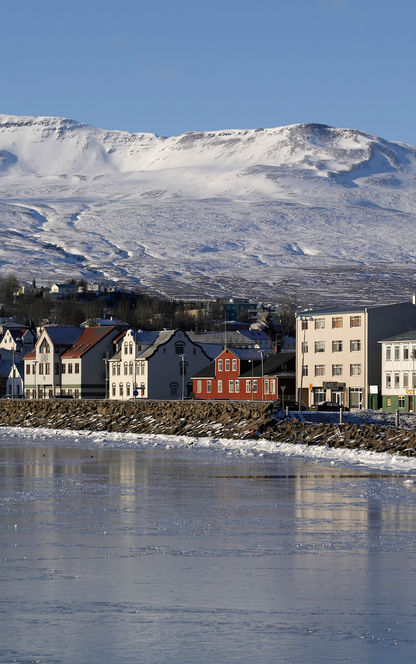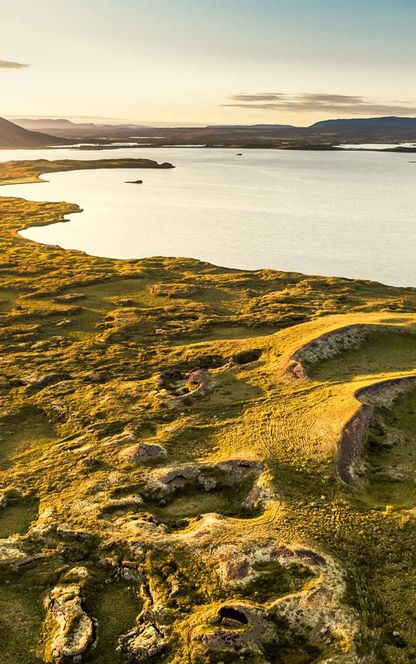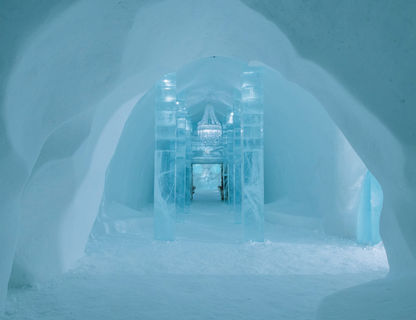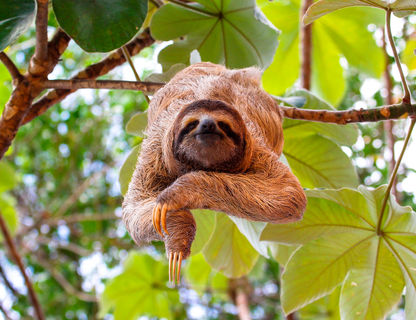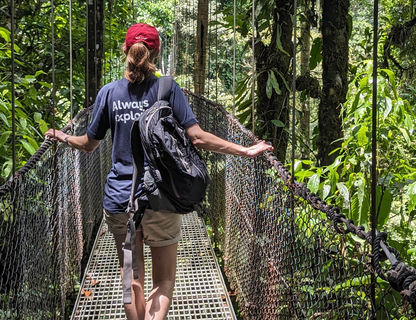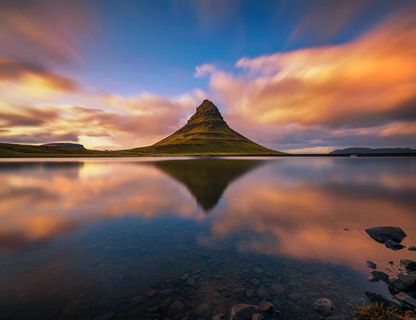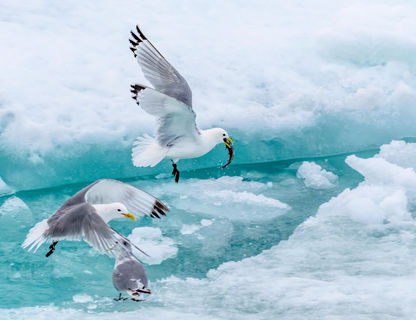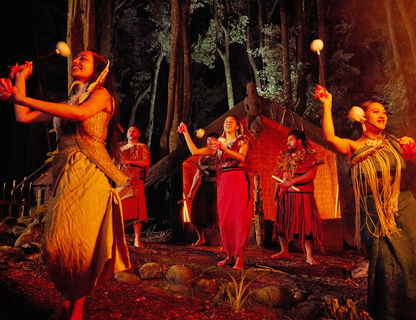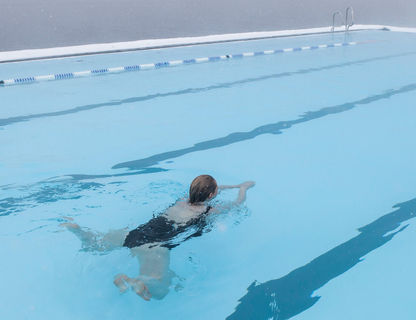What are the stops on the Golden Circle?
The three main stops are Thingvellir National Park, the geothermal area in Haukadalur (where you can find the geysers Geysir and Strokkur), and Gullfoss waterfall.
Thingvellir National Park is of huge historical importance to Iceland, having been the hub of parliament from the 10th to 18th centuries. Now, it is a place that perfectly exemplifies Iceland’s incredible natural beauty. Its geological traits include canyons, fissures and lakes. Most significantly the Mid-Atlantic Ridge runs through marking the point where the North American and Eurasion tectonic plates meet. Walking, hiking, and – thanks to the advancements in drysuit technology – even snorkelling and diving are all popular activities in the park.
Sitting in Haukadalur Valley is the Geysir Geothermal Area. The two geysers that make this area famous are the Great Geysir (which is where the word geyser derives from the Old Norse ‘to gush’) and Strokkur. The Great Geysir very rarely erupts, but Stokkur more than makes up for it erupts every 10 minutes or so, shooting an enormous water cannon up to 40m into the air. A testament to Iceland’s close relationship with volcanic activity, the geysers are rare and awe-inspiring reminders of the immensity of nature.
Gullfoss waterfall is the final stop on the Golden Circle, and it is a sight to behold. Iceland is well-known for its waterfalls and when you see Gullfoss, it’s not hard to see why so many people visit every year. Gullfoss is iconic. The Hvita river stretches from the Langjökull glacier and cascades more than 140 cubic metres of water down a 32m drop in two tiers.
























